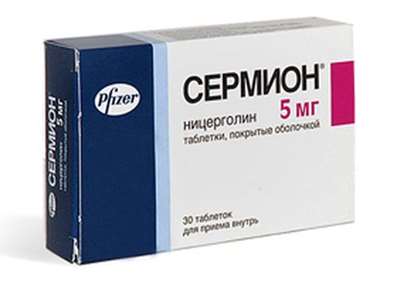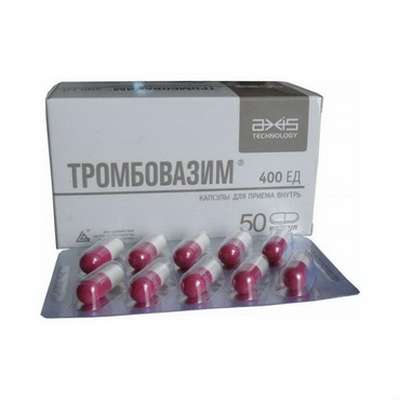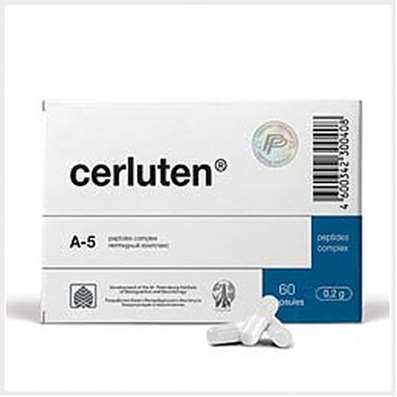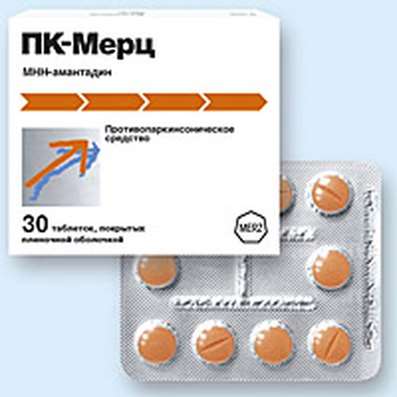Instruction for use: Dicarbine
I want this, give me price
Latin name of substance Dicarbine
Dicarbinum (genus. Dicarbini)
Chemical name
2,3,4,4a, 5,9b-Hexahydro-2,8-dimethyl-1H-pyrido [4,3-b] indole
Gross formula
C13H18N2
Pharmacological group:
Neuroleptics
The nosological classification (ICD-10)
F10.3 Abstinence: Alcohol withdrawal syndrome; Abstinence syndrome; Abstinence syndrome with alcoholism; Abstinence; Alcohol abstinence; Alcohol withdrawal status; Alcohol abstinence syndrome; Postabstinctive disorder; Postabstinent condition; Hangover syndrome; Abstinence syndrome; Alcohol withdrawal syndrome; Abstinence condition
F10.4 Abstinent state with delirium: Alcoholic delirium; White fever alcoholic; Delirium; Delirious condition with alcoholism and drug addiction
F10.5 Alcoholic alcohol: Alcoholic hallucinations; Psycho-organic syndrome in chronic alcoholism; Alcoholic psychosis; White fever alcoholic; Delirium; Delirium with alcoholism; Acute alcoholic psychosis; Delirious condition with alcoholism and drug addiction; Acute alcoholic psychosis with autonomic disorders
F20 Schizophrenia: Schizophrenic Conditions; An exacerbation of schizophrenia; Schizophrenia; Chronic schizophrenia; Dementia praecox; Bleuler's disease; Psychotic discordant; Dementia early; The febrile form of schizophrenia; Chronic schizophrenic disorder; Psychosis of the schizophrenic type; Acute form of schizophrenia; Acute schizophrenic disorder; Cerebral Organic Insufficiency in Schizophrenia; Acute attack of schizophrenia; Schizophrenic psychosis; Acute schizophrenia; Sluggish schizophrenia; Sluggish schizophrenia with apathoabulic disorders; Acute stage of schizophrenia with agitation
CAS code
17411-19-7
Characteristics of the substance Dicarbine
White or white with cream-colored crystalline powder. In the light and from the darkness darkens. Easily soluble in water, very slightly soluble in alcohol.
Pharmacology
Pharmacological action - antipsychotic, neuroleptic.
Blocks dopamine receptors in various brain structures. This leads to a reduction in the productive symptoms of psychosis: delusions and hallucinations; blockade of receptors in nigrostriral pathways leads to extrapyramidal disorders, and in tubuloinfundibular zone - to hyperprolactinaemia and galactorrhea. The hypotensive effect develops as a result of peripheral adrenoblocking action, antiallergic - due to blockade of H1 receptors, antiemetic and anti-icic - inhibition of the trigger zone of the vomiting center at the bottom of the IV ventricle. Has hypothermal and hibernating effect.
After ingestion slowly and not completely absorbed from the digestive tract. Binding to plasma proteins is 90%. Undergoes biotransformation in the liver with the formation of inactive metabolites. Excreted mainly by the kidneys.
Application of substance Dicarbine
Schizophrenia, alcoholic psychosis, withdrawal syndrome.
Contraindications
Hypersensitivity, impaired liver and / or kidney function, alcohol intoxication, shock, arterial hypotension, blood diseases, pregnancy.
Restrictions on the use
Breastfeeding, children's age (there is no information on the safety of use in children).
Application in pregnancy and lactation
Contraindicated in pregnancy. For the duration of treatment, breastfeeding should be discontinued.
Side effects of the substance Dicarbine
Extrapyramidal disorders, weakness, lethargy, depression, decreased motivational activity, liver and kidney damage, hypotension, arrhythmias, xerostomia, dyspeptic phenomena, photosensitivity, glaucoma attack, amenorrhea, galactorrhea, decreased libido, agranulocytosis, leukopenia, hemolytic anemia, allergic reactions.
Interaction
Strengthens the effects of hypotensive and hypnotics, tranquilizers, analgesics, alcohol; weakens - antiparkinsonian agents and bromocriptine. Increases the side effects of hepato- and nephrotoxic drugs.
Routes of administration
Inside, IM.

 Cart
Cart





